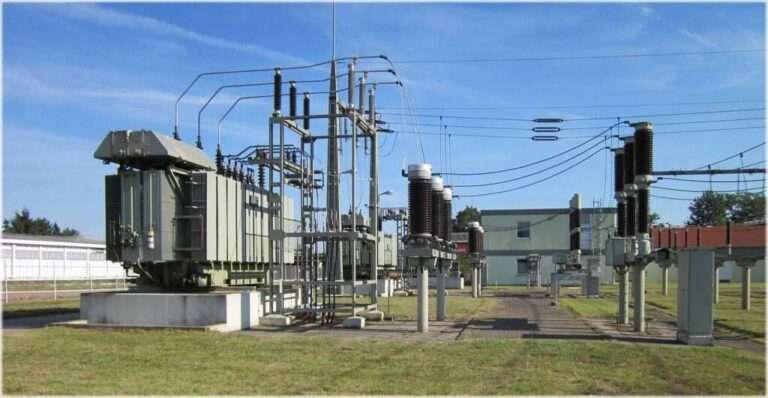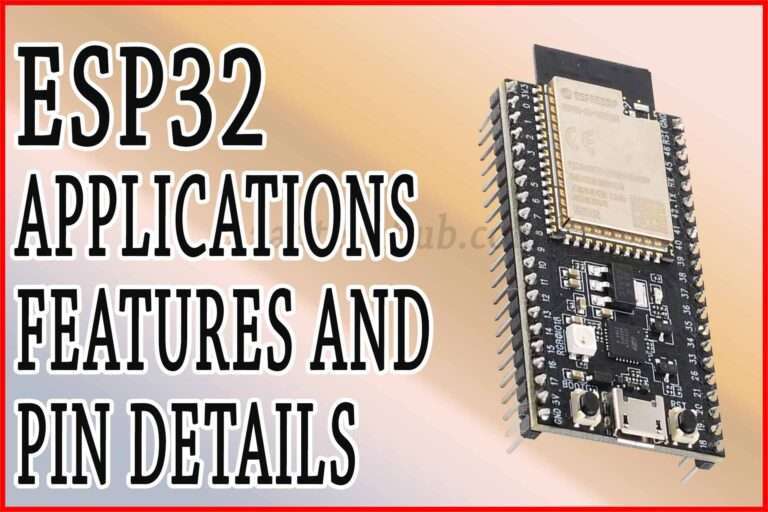Wind Energy: Harnessing Nature’s Power for a Sustainable Future
Wind energy has emerged as a cornerstone of the global transition to renewable energy sources. As countries worldwide seek to reduce their carbon footprint and combat climate change, wind power has gained significant traction as a clean, efficient, and increasingly cost-effective alternative to fossil fuels. This article delves into the intricacies of wind energy, exploring its potential, challenges, and the pivotal role it plays in shaping our sustainable future.
The Evolution of Wind Energy Technology
The concept of harnessing wind power is not new. For centuries, humans have used windmills to grind grain and pump water. However, the modern wind energy industry has its roots in the late 20th century, when technological advancements and growing environmental concerns sparked renewed interest in this abundant natural resource.

Table of Contents
From Windmills to Wind Turbines
The transition from traditional windmills to contemporary wind turbines marks a significant leap in wind energy technology. Today’s wind turbines are marvels of engineering, designed to maximize energy capture while minimizing environmental impact. These sleek, towering structures can reach heights of over 100 meters, with blades spanning more than 50 meters in length.
The basic principle behind wind turbines remains simple: wind forces cause the blades to rotate, which in turn drives a generator to produce electricity. However, the technology behind this process has become increasingly sophisticated. Modern turbines employ advanced materials like carbon fiber composites to create lighter, stronger blades. These innovations allow for larger turbines capable of generating more power, even in areas with lower wind speeds.
The Components of a Wind Turbine: A Technical Insight
Understanding the intricate components of a wind turbine provides valuable insight into the engineering marvel that powers this renewable energy source. At its core, a wind turbine consists of several key elements working in harmony to convert wind energy into electrical power.
The rotor, comprising the blades and the hub, is the most visible part of a wind turbine. The blades are aerodynamically designed to capture the maximum amount of wind energy. As the wind blows, it creates a pressure difference between the upper and lower surfaces of the blade, generating lift and causing the rotor to spin.
Connected to the rotor is the nacelle, which houses the gearbox, generator, and control systems. The gearbox is crucial in increasing the rotational speed from the slow-moving rotor to the high speeds required by the generator. Some modern designs, however, utilize direct-drive systems that eliminate the need for a gearbox, reducing maintenance requirements and improving efficiency.
The generator converts the mechanical energy of the spinning rotor into electrical energy. Most wind turbines use either induction generators or permanent magnet generators, each with its own advantages in terms of efficiency and cost.
Sophisticated control systems monitor wind speed and direction, adjusting the turbine’s orientation and blade pitch to optimize energy production and protect the turbine from damage during high winds. These systems also regulate power output to ensure compatibility with the electrical grid.
Wind Energy and Smart Grid Integration
The integration of wind energy into existing power grids presents both opportunities and challenges. The intermittent nature of wind power necessitates innovative solutions to balance supply and demand effectively. This is where smart grid technology comes into play, offering a more flexible and responsive approach to power distribution.
Smart grids utilize advanced communication and control technologies to monitor and manage electricity flow in real-time. For wind energy, this means the ability to predict and respond to fluctuations in wind power generation more effectively. Weather forecasting algorithms and historical data analysis help grid operators anticipate changes in wind power output, allowing them to adjust other energy sources accordingly.
Energy storage systems are becoming increasingly crucial in wind energy integration. Technologies like pumped hydro storage, batteries, and even hydrogen production can store excess wind energy during high-production periods for use when wind speeds are low. This not only improves the reliability of wind power but also enhances its value as a baseload energy source.
The Global Impact of Wind Energy
Wind energy has made significant strides in recent years, becoming a major player in the global energy landscape. Countries like Denmark, Germany, and Spain have led the way in wind power adoption, with wind energy contributing substantially to their electricity mix. In Denmark, for instance, wind power regularly supplies over 40% of the country’s electricity needs.
The growth of offshore wind farms has opened up new frontiers for wind energy. These installations, located in bodies of water, benefit from stronger and more consistent wind speeds compared to onshore sites. While more expensive to construct and maintain, offshore wind farms can generate more electricity and have less visual impact on landscapes.
Environmental and Economic Benefits
One of the most compelling arguments for wind energy is its minimal environmental impact once operational. Unlike fossil fuel power plants, wind turbines produce no direct emissions, helping to reduce greenhouse gas emissions and combat climate change. The land around wind farms can still be used for agriculture or other purposes, making it a relatively low-impact form of energy production.
From an economic perspective, wind energy has become increasingly competitive with traditional energy sources. The cost of wind power has fallen dramatically over the past decade, driven by technological improvements, economies of scale, and more efficient manufacturing processes. This cost reduction has made wind energy an attractive option for both developed and developing countries looking to expand their renewable energy portfolios.
Challenges and Future Prospects
Despite its many advantages, wind energy faces several challenges. The variability of wind speeds can lead to inconsistent power generation, necessitating backup power sources or energy storage solutions. There are also concerns about the impact of wind farms on wildlife, particularly birds and bats, although ongoing research and improved turbine designs are helping to mitigate these issues.
Visual impact and noise pollution are other factors that sometimes lead to local opposition to wind farm projects. Addressing these concerns through community engagement and careful site selection is crucial for the continued growth of the wind energy sector.
Looking to the future, wind energy is poised to play an even more significant role in the global energy mix. Ongoing research into new materials, improved turbine designs, and advanced control systems promises to further increase efficiency and reduce costs. Floating offshore wind turbines, capable of being deployed in deeper waters, represent an exciting frontier in wind energy technology.
The development of larger, more powerful turbines continues to push the boundaries of what’s possible in wind energy generation. Some manufacturers are working on turbines with capacities exceeding 12 megawatts, capable of powering thousands of homes with a single unit.
As we move towards a more sustainable future, wind energy stands out as a beacon of hope. Its potential to provide clean, renewable power on a massive scale makes it an indispensable tool in our fight against climate change. With continued innovation and investment, wind energy will undoubtedly remain at the forefront of the global transition to renewable energy sources, helping to create a cleaner, more sustainable world for generations to come.
Worth Read Posts
- Power Transformer Testing
- Power Transformer Parts
- Hysteresis Loss and Eddy Current Loss
- Derivation of Hysteresis Losses
- Transformers: Important Types, Features & Components
- Transformer Tests Before Commissioning
- Transformer Electrical Interview
Follow us on LinkedIn, “Electrical Insights,” to get the latest updates on electrical engineering. For the latest jobs follow us on “Jobs Corner“.




